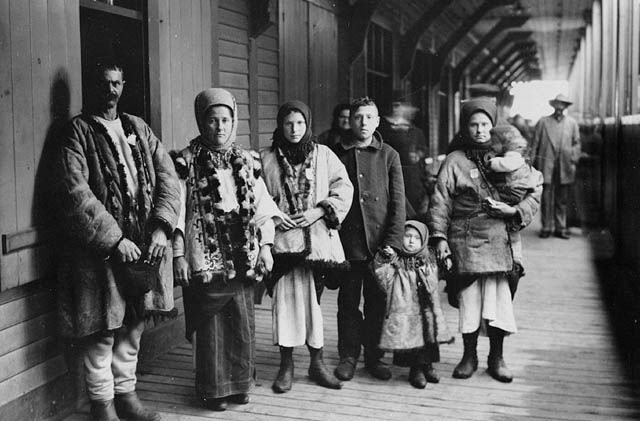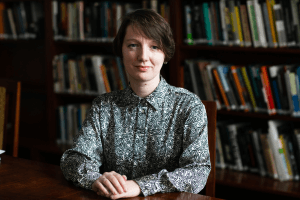The field of social history has achieved the edge of its popularity in 1950-1980s. It was strongly connected with other disciplines, such as economics, demography, sociology, and allowed
historians to reach a much wider range of research themes. Since the 1960s, the social history of the Jewish people became important and influential part of the studies. Historians were exploring the possibilities to study Jewish community with new tools and integrating different representatives of Jewish community – workers, women, immigrants, criminals – in a research. Since 1990s historians of Jewish past shifted their interest to cultural studies. However, in the last years, we can see an economic turn, which signifies the search for a new way to conduct a research of Jewish life, combining social and cultural history and offering a more broad view on what is social. This course aims to show the development of the Jewish social history as the field, giving an overview of the research issues and methods which may be useful for a historian. Five seminar lectures will include discussions on the latest major texts in social history as well as the work with primary sources.
This course forms a part of Connecting (to) Histories: Engaging with the Urban Pasts and Displaying Jewish Heritage summer school.


